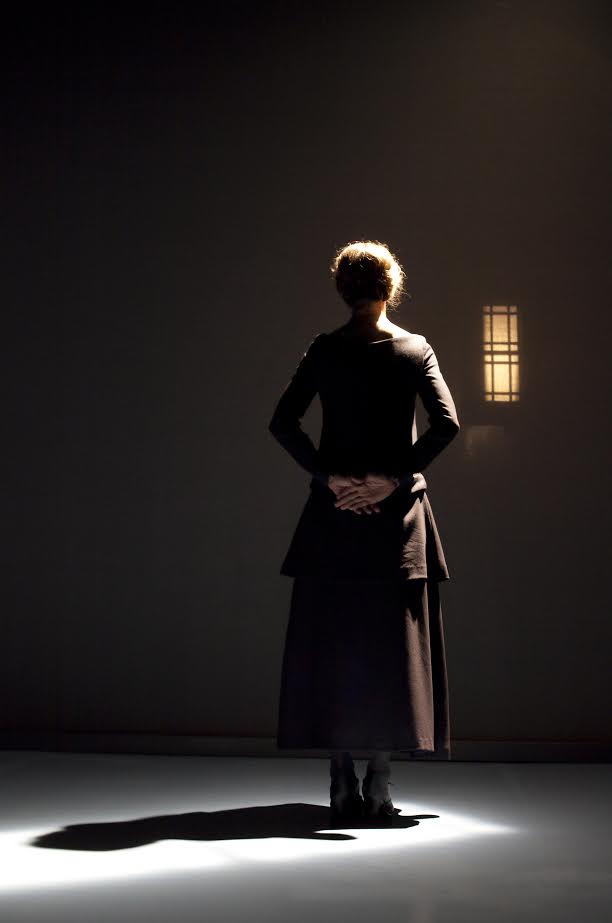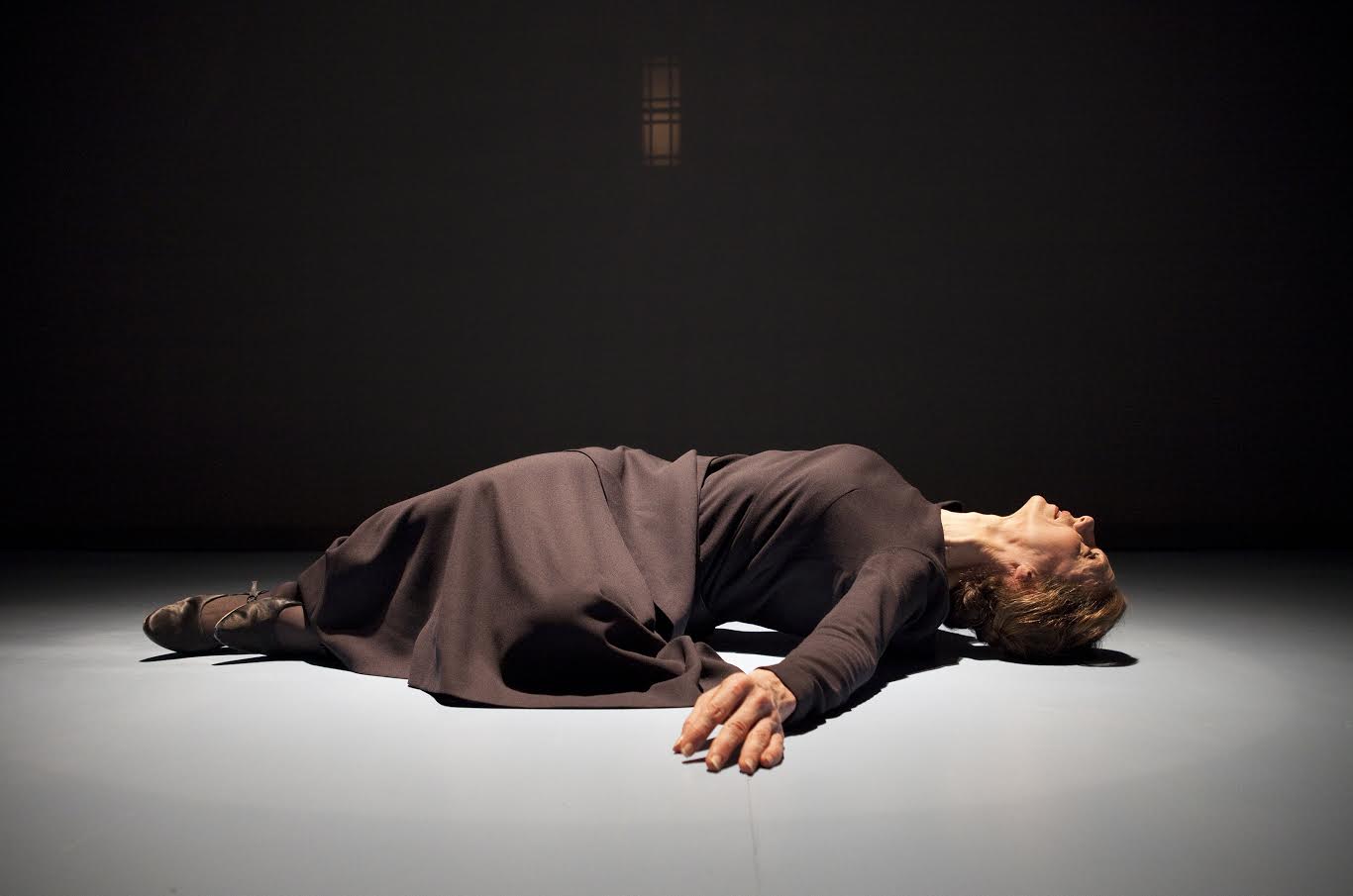A one-woman act of madness, inspiration and femininity came to Conn’s Palmer Auditorium on Feb. 3: “Room,” directed by Anne Bogart and starring Ellen Lauren. Conceived of by SITI Company, “an ensemble-based theater company committed to providing a gymnasium-for-the-soul,” “Room” consists of Lauren as writer Virginia Woolf delivering excerpts from Woolf’s various epistolary efforts and essays. I consider it a stab at broaching the modern relevance of Woolf’s convictions through theatrical application, if you will. The result? Funny, poignant, a bit obstreperous; altogether, “Room” is an interesting call to arms for women’s autonomy and intellectual freedom.
The performance opens with a startling confession: “It is true, I am a woman,” Virginia declares. She reads from “A Room of One’s Own,” emphasizing the importance of having “room to move…to breathe…to imagine.” She speaks of the impossibility of knowing a human being or knowing to what a life amounts. She uses the beautifully descriptive imagery of The Waves to illustrate the cyclical nature of time. “All life and reality really is,” says Virginia sagely, “is memory.” A wise woman, huh?
Her existential musings are as jarring as they are funny. “Am I alone in my egotism when I say that never does the pale light of dawn filter through the blinds of 72 Tavistock square,” she recalls from her Self Portrait, “but I open my eyes and exclaim, ‘Good God! Here I am again!’ – not always with pleasure, often with pain; sometimes with an acute spasm of disgust – but always with interest.”
I’m sure this sounds highly profound so far. Still, you might be wondering how I sat through 90 minutes of a grown woman flailing around on stage while lecturing on how to read a book. Lauren as Virginia managed to keep my admittedly goldfish-like attention with vigor and youthful animation; indeed, it was the energy of her performance that kept me stirring. Just when her stern advice starts to become too somnolently self-indulgent and pedantic, Virginia switches trains of thought and explodes with energy, leaping around the stage in an ecstasy of histrionic delight. With the way the stage lights cast her dancing shadow on every wall, the performance is almost acrobatic. But what truly kept my interest throughout the show was a combination of the wonderful musical accompaniment and Virginia’s bizarre physical movements. Our heroine’s gyrations and writhings synchronize to a musical number that help illustrate her message as well as the dangers of alcoholism. Whether during instances when her jutting, muscularly spasmic movements match sharp, shocking piano notes or when her smooth, rolling motions meet with soothing timbre, the choreography is ceaselessly entertaining. At one point, Virginia lies on stage and almost swims in place with a surreal smoothness, as if she were a moulting insect.

Photo courtesy of Chasi Annexy/SITI Company
All of this entertaining staging couches a lecture–if it can be called a lecture–on artistic integrity and the necessity of free thinking which is anything but boring. The blown-up shadow of Virginia’s silhouette bounces across the walls as she confesses to murder. “I killed the angel in the house,” she declares. She has killed the ideal picture of domestic docility, the silent and mindless woman she was supposed to be. “It was self-defense,” she explains, that moved her to murder. She feels shad no other choice when she felt the clammy, lifeless “hand of the angel at her throat” and heard it whisper to her to extinguish her mental curiosity.
Virginia’s confession to homicide is only our foray into the horrors of existence she sketches. The music builds to a piercing, Hitchcock-like accompaniment as she confesses to having been “afraid of her own body,” before telling a story of childhood sexual abuse. Yet she refuses to stay silent just because the topic is “unpleasant.”
“We are all women here,” she says solemnly, “let us admit that these things happen.”
For Woolf, the erratic and sometimes unjustly horrifying nature of reality forges two types of “being,” being and non-being. Only by fully embracing being do we experience the shock of creative inspiration, a force which drives us to leave our mark, however small, in this cold, uncaring void of a universe. Virginia’s appreciation for being and creative literary expression builds to a crescendo of rapturous delight as she rolls around on the ground shrieking in ecstasy. The performance concludes with a shockingly calm explication of Modernist principles of artistic experimentation. Virginia dares us to challenge forms, to overflow where structure has not yet accounted for our creative powers.
While she sometimes borders on the maniacal, I liked Ellen Lauren as the Big Bad Woolf. For modern readers, Virginia’s message, if the somewhat incoherent dramatized composition of the letters could be said to have such a thing, is thus: autonomy–having a mind of one’s own–is the only way to live freely in our erratic reality.









